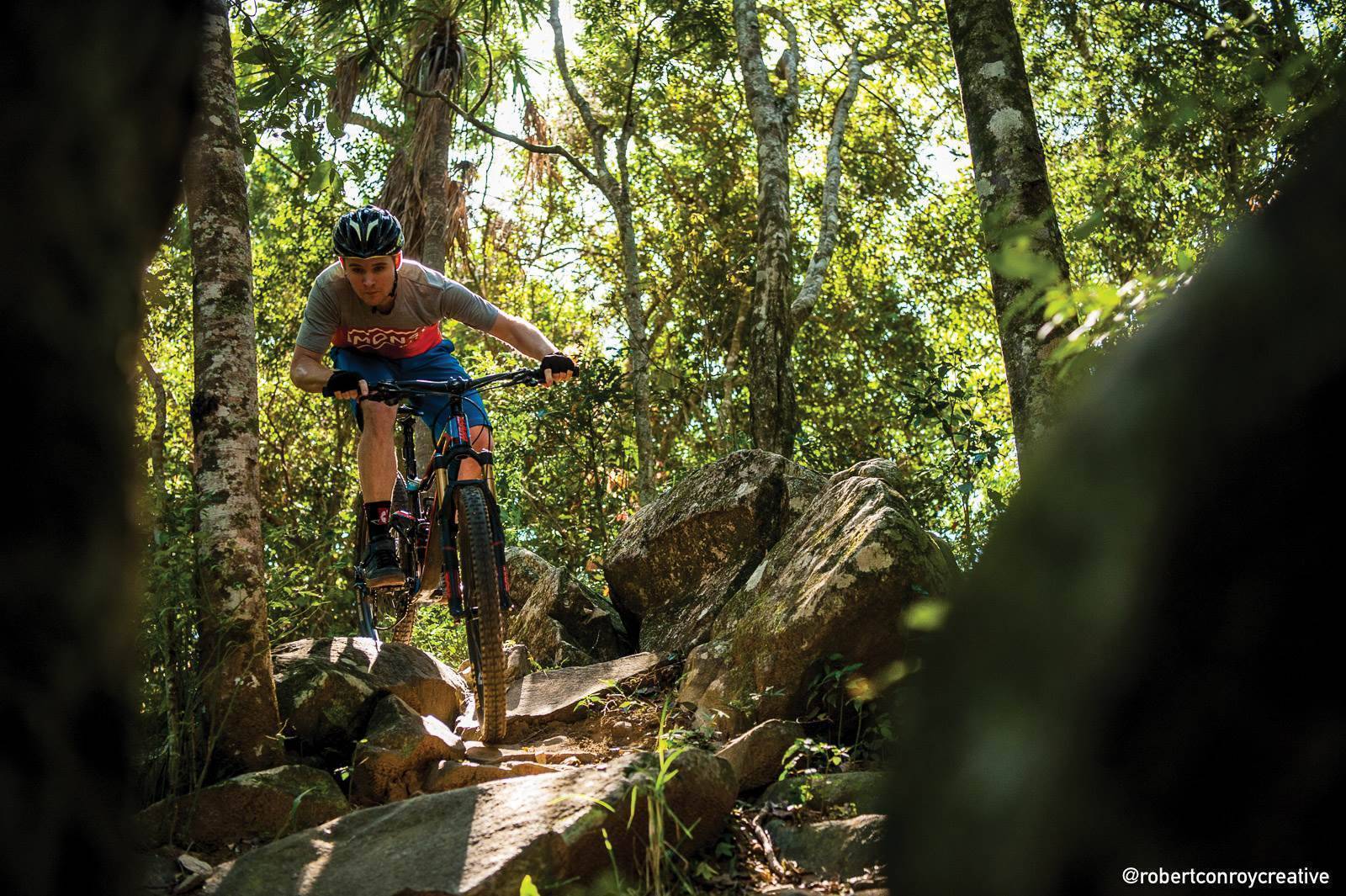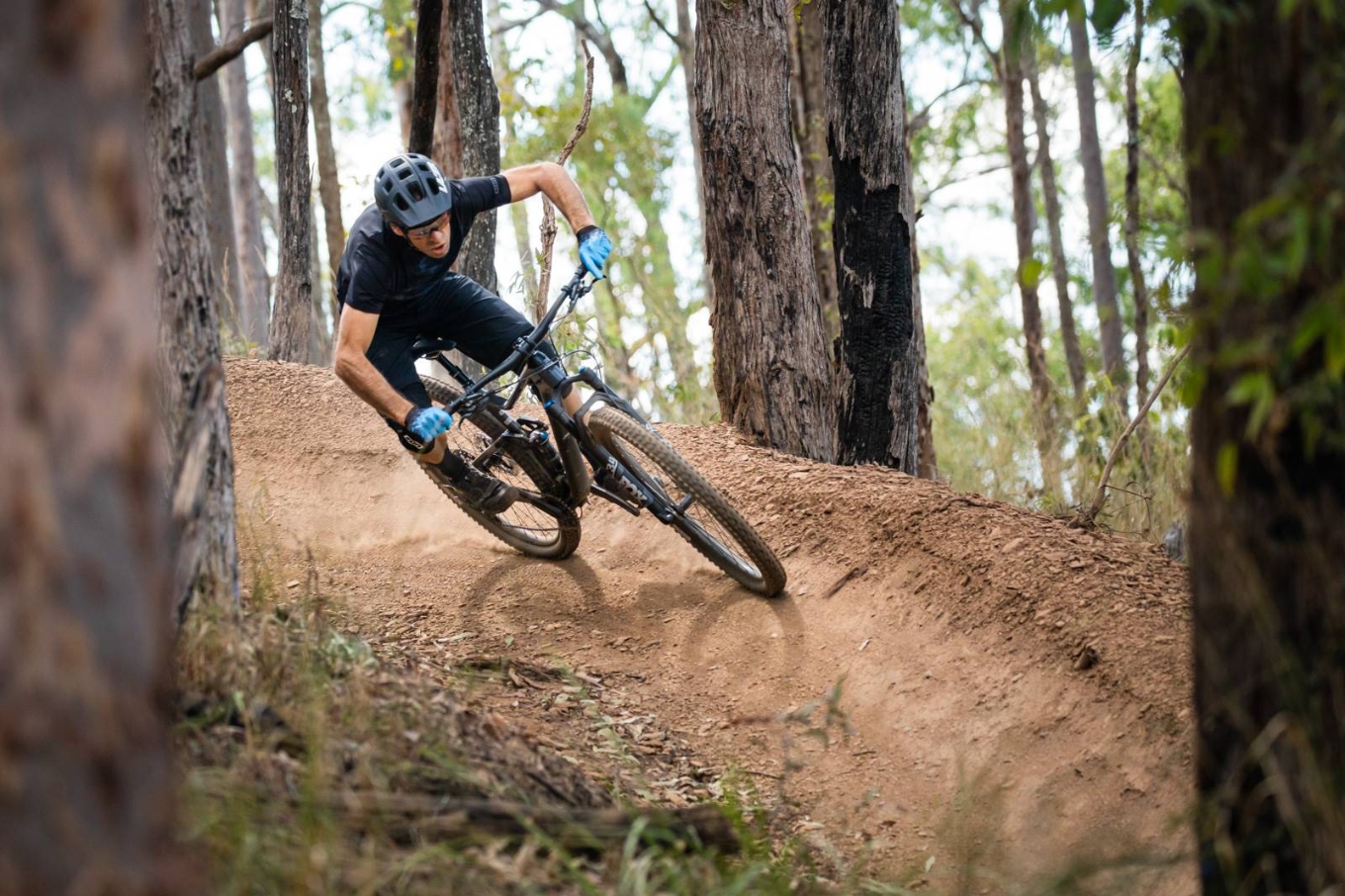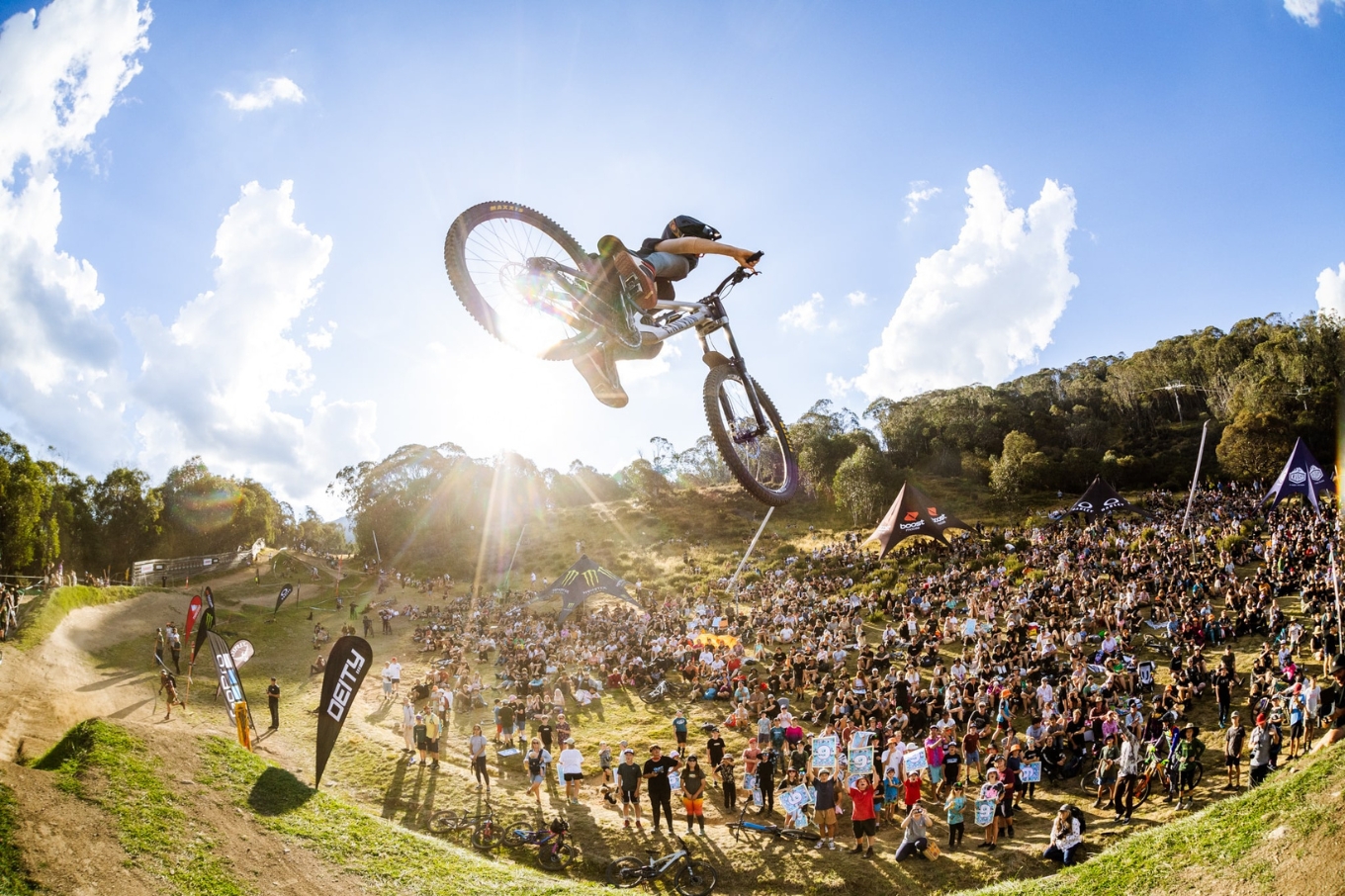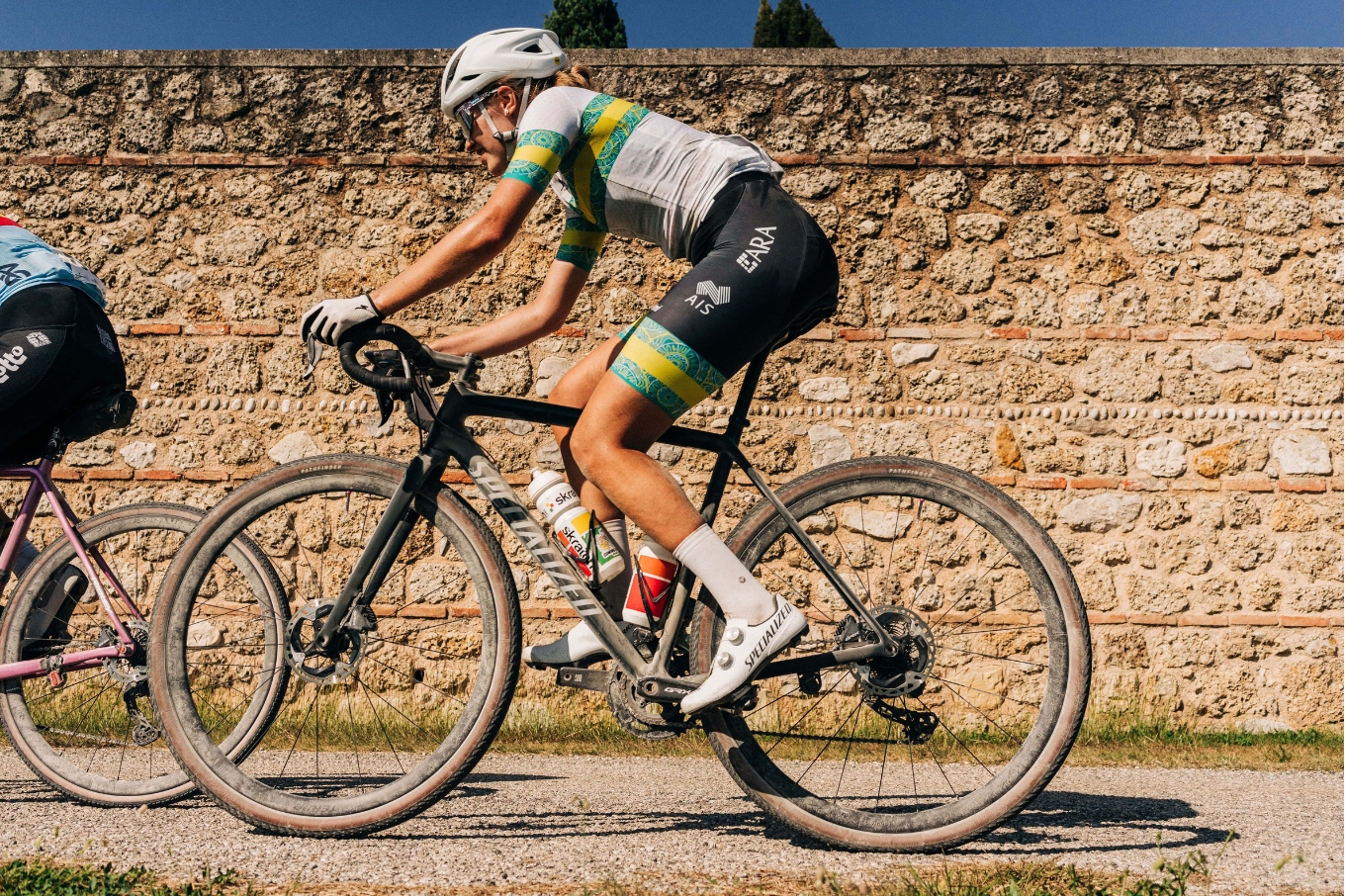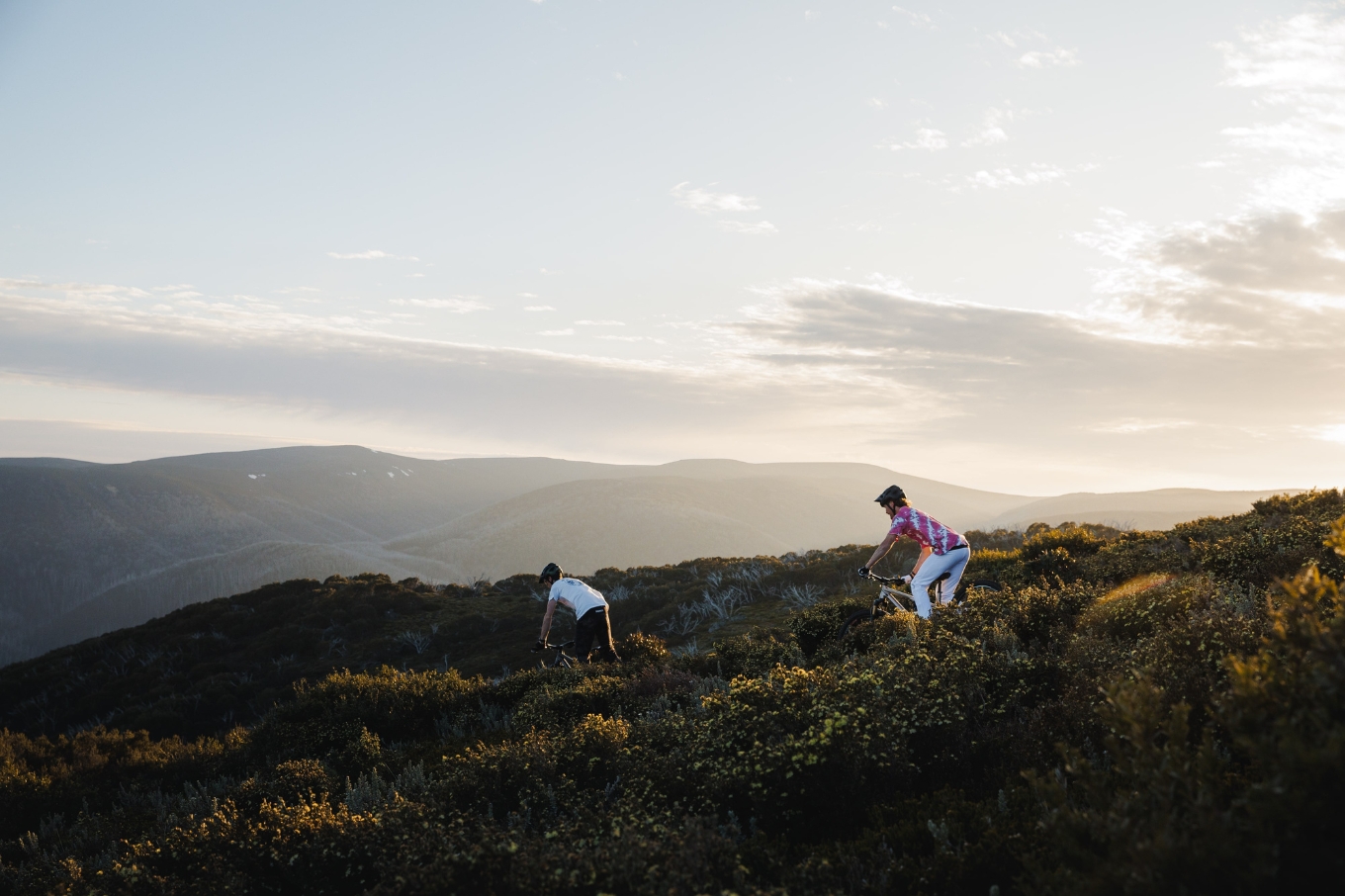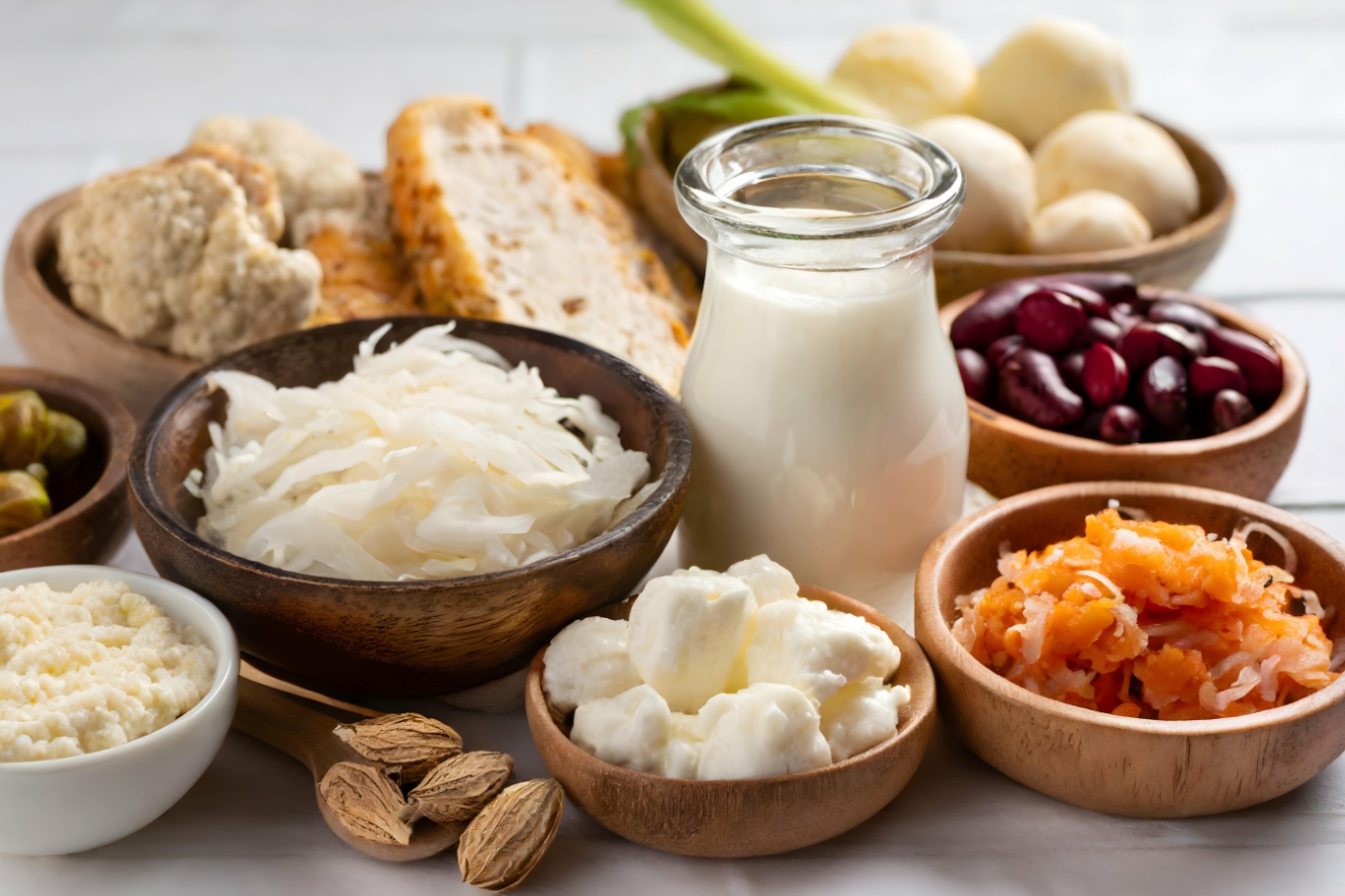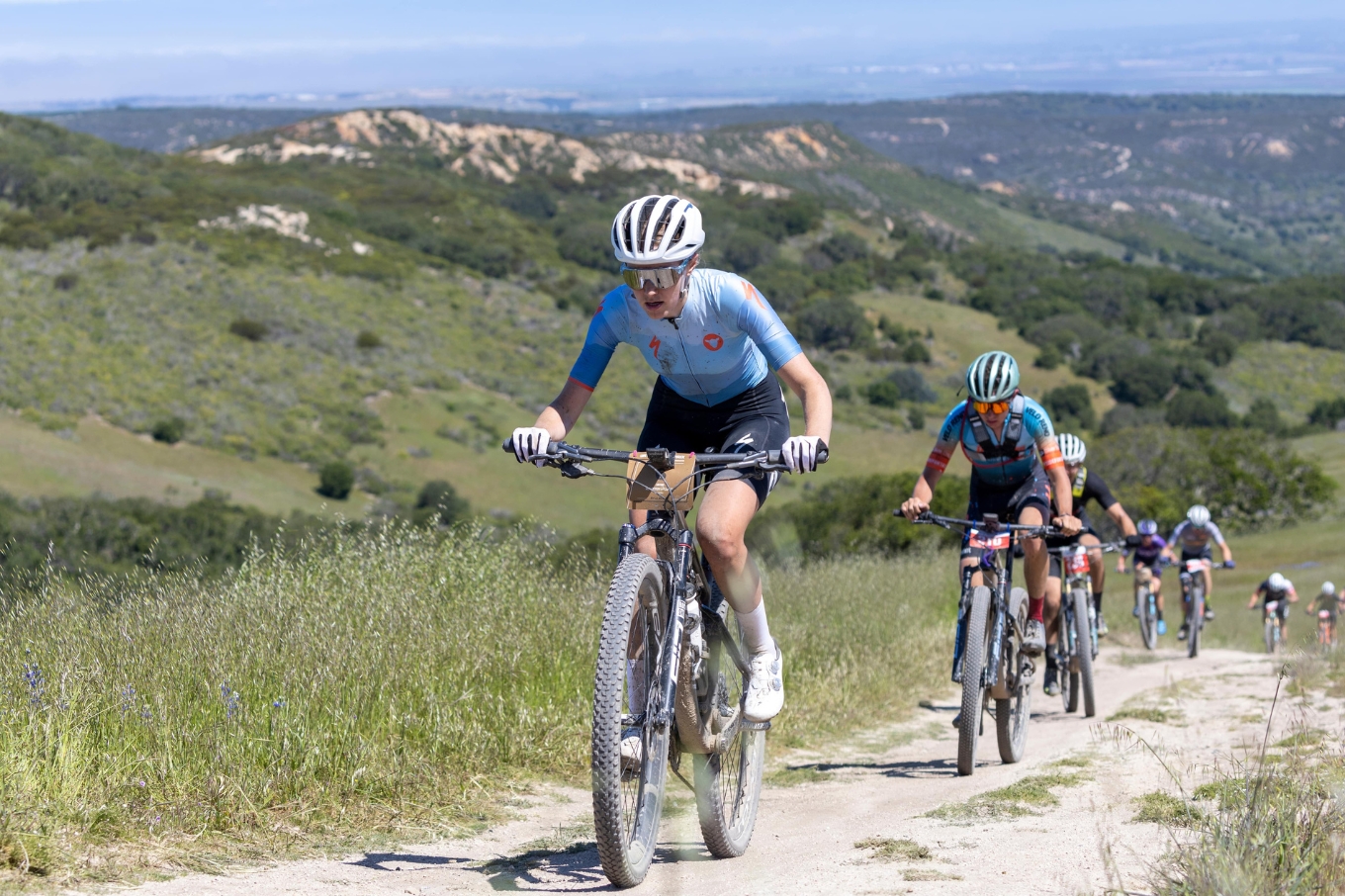Get your head around Mackay
Mackay might be known for churning out sugar, minerals, and wealthy miners thanks to the resources boom but that's not all that's on offer in this tropical northern Queensland town.
Words: Mike Blewitt Photos: Robert Conroy and Mike Blewitt
Sitting astride the Pioneer river, Mackay’s colonial history harks back to the mid-nineteenth century, although Captain James Cook did pass by in 1770. He named a few areas, like the beautiful Cape Hillsborough. But it was after John Mackay surveyed the area in 1860 that the area was colonised by Europeans, where the Yuibera people had lived for thousands of years.
Much of Mackay’s history has been based on sugar cane and the export of sugar. Mining took over, but as that boom winds down, Mackay has had to look at its surroundings in a different way.
North of Mackay is Airlie Beach – known as the gateway to the Whitsundays. But those very same islands are off the coast from Mackay, visible from the beachfront. North of Mackay is Townsville, where there is already a great mountain bike scene, and further growth with a new mountain bike festival starting their next year when the Marathon Championships will be held up there, along with an urban downhill and a stage race.
West of Mackay sits Eungella, on the Clarke Range, and sitting in the biggest expanse of rainforest south of Cairns. Below the range, Mia Mia state forest is littered with outback trails from a century of remote grazing by leaseholders. These trails connect with 4WD routes from the Pioneer Valley up to the range.
And perhaps the jewel in the crown is Mackay’s Mountain Bike Park at Rowallan Park, with 10km of built singletrack to a national – if not international – standard, with plans and funding for the same trail builders to get started on revitalising Kinchant Dam, west of Mackay.
With all of this going on, we had to head up to put our tyres on the trails
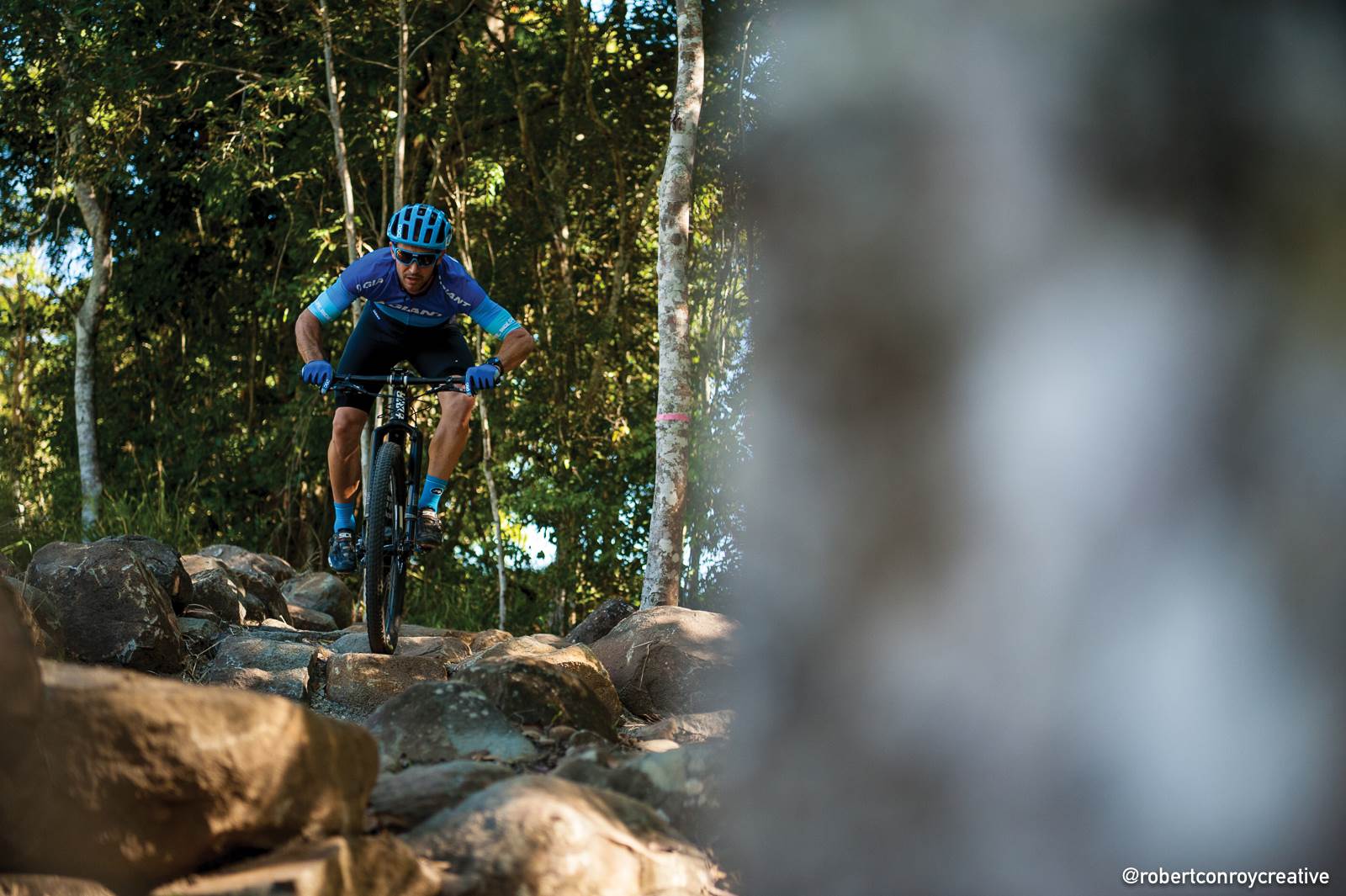
Magnificent Mackay
We flew up to Mackay, and it’s not until you start flying north from Brisbane that you get a true sense of the scale of the state of Queensland. Distances truly are immense, and there is a lot of rocky, bush-covered terrain on the 950km or so between Brisbane and Mackay. You also see a string of yellow beaches up the coastline, and the dark green ridgelines of the Great Dividing Range inland.
The airport is fast and efficient – and close to town.
“That’s the benefit of the resource sector for Mackay. The money that came in was reinvested back into the region – the airport and our marina, and our mountain bike park too.” Soon off the plane, we have met with Tas Webber, the General Manager for tourism in the Mackay Region. “We have platypus in the rivers, kangaroos on the beach and a huge fishing diversity. We have great mountain biking and sporting facilities in the region and we should see that extend.”
Peter Lister has joined us, and he is instrumental in helping put Mackay on the mountain biking map. As Vice President and Club Coach of the Mackay and District (MAD) Mountain Bike Club, Lister has seen the community involvement that is driving mountain biking forward in Mackay. And while he’s excited to talk about that, he’s more excited to take us out to their mountain bike park.
Rowallan Park
Just out of the Mackay CBD, on the edge of the cane fields, sits Rowallan Park. The grassy surrounds are farmer’s lands, but along the dirt road is a gate into the park, where the grass quickly turns into rainforest. The Scouts use the land for camps, but the mountain bike club use the forest for trails.
Lister drives us out, and we park on the grass to meet with some more local riders. It has taken barely 15 minutes from the centre of town, where we are staying at Quest Apartments.
“From home, it’s about a 15 minute drive for me, or a 20 minute ride. So normally I ride out,” states Lister, who is suitably proud to have a mountain bike park almost on his doorstep.
The park is home to about 10 kilometres of purpose built mountain bike trail. Lister’s day job is as Head of of HPE at Mackay Christian College, and he has advised the two trail builders Pip Paki Paki and Iain Masters on how to build some of the technical sections, based on the skills riders need to compete at MTBA National Rounds and Championships. MTBA have even held a Junior Development Camp in the areas recently. Both builders have day jobs – but they love to build trails, so the club provides the equipment and raw materials – and they do the rest.
We set out into the forest, climbing the hill that looks modest from the car park but starts to feel a bit more serious once we’re heading up under the canopy of the rainforest. It’s early August, and the trails are dry. Queensland, especially in the north, is an ideal place to visit during our winter. It’s the dry season, but the temperatures in the day are far better than those in the southern states. We ride comfortably in shorts and jerseys, and even the splash through a creek is welcome.
Back onto an older climb, barely a double track, Lister points out the rocks that support it. “This is called the Kanaka Track.” I can see he winces a little as he says it. “It leads to the old homestead – but I guess Kanakas isn’t a nice word to use. Their graves would be all through the valley.” Kanaka was the indentured labour name Melanesian Pacific Islanders were given by early settlers during the early 1860’s until 1904. Their descendants, the Australian South Sea Islanders, today, see this area as a very important part of their history in Mackay.
Lister is referring to a pretty dark part of Australia’s history. Thousands of Melanesian Pacific Islanders were shipped to Northern Queensland to work on plantations. The reality is most were brought here against their will, or on the promise of paid work. It was a period of slavery, and there are mass graves in various parts of Northern Queensland and plantations. The Islanders were treated like dead machinery once they were worn out. And as much as Mackay, and Australia, would like to forget this part of our history, it has shaped parts of our country.
We climb on in sombre silence, and it’s hard not to reflect on the amount of times mountain biking has taken me on a road, or trail, of history. From the Convict Road in NSW, old mining trails in Derby, and smuggling routes between Italy and Switzerland over the high passes. If ever there was a sport for getting in touch with an areas’ past – mountain biking must be it.
Soon enough we enter a climb, a series of tight switchbacks that take us to a technical section with A and B options. I duck past a vine and follow Lister down the A line, watching his ‘local lines’ for a clue as what I can roll, and what I should hit a bit faster. We’re in the thick of a number of technical sections. The builders have created two lines for most areas, and they have sought out the features in the forest, and taken the trails to them.
The rock is local, covered in lichens, and it makes the features feel really natural. And this is primarily because the areas have been developed – not built.
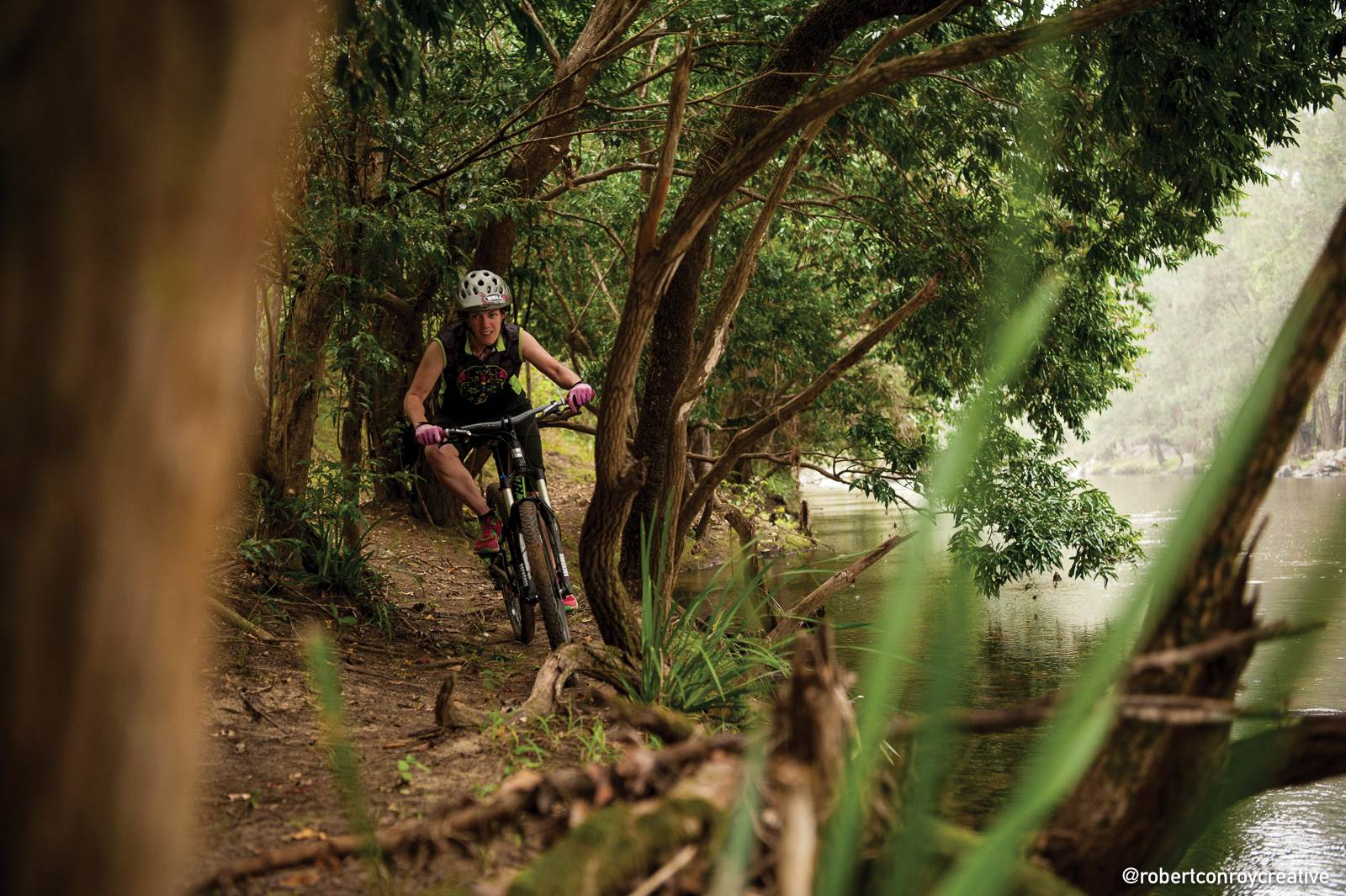
I stick as best as I can to Lister’s wheel, and we work through rhythm sections of singletrack, past or over small gap jumps, and through technical features over large rocks, and some amazingly built berms.
“I wanted there to be technical climbs, big berms, drops, gaps, rock gardens… everything riders need to build their skills.” Lister brings school groups out here from Mackay Christian College, where the mountain bike program has continued to grow.
The work on the trail system here at Rowallan Park hasn’t gone unnoticed, and on 2nd October this year Mackay will host the Queensland XCO State Championships. After doing a lap of the proposed course with Lister, it should be an excellent event. The trail system feels like a mini Smithfield, just with less wait-o-whiles and stinging trees.
Every town needs a good club
The Mackay and District Mountain Bike Club (MADMTBC) comes up a lot, and it reminds you the role that a sports club plays in a regional city like Mackay. The club plays an essential role in the community – just like any other sports club. Their committee members are project managers in the mines, engineers, teachers, office workers – they’re a mix from the whole community. But it’s that mix of people who make it thrive, with excellent planning and organisation, meaning they are way ahead on their development schedule, and have funds for a new major project.
Laying foundations
After riding at Rowallan Park, we head to Mackay Christian College, where Peter Lister is Head of HPE. We’re standing underneath the Trade Training Centre, standing on some concrete slabs laid by students. The centre was built at the school about 10 years ago, and means that students can work towards getting their trade certificates, while still in the family of the school.
We’re also looking out across their own skills park.
“The skills park came when we realised Rowallan Park was too far away for classes,” states Lister, whose own passion for mountain biking has seen it grow at Mackay Christian College. After starting to take a few senior students away to races, mountain biking has grown at the college.
“We first saw the camaraderie with the boys in particular. I started to notice a number of children who struggled in the traditional school learning environment joining our Mountain Biking Trips – and we noticed a number of changes occur such as their engagement in education, increased confidence and school attendance. It’s a sense of belonging, and a sense of doing things as a family, which is what we promote at Mackay Christian College.”
The school has ride days in the skills park on Wednesday lunch times, more kids ride to school now, and they have invested in a fleet of bikes for school camps and for use with their mountain bike program, to reduce to barrier to entry for kids. Best of all, it’s not helping the sport grow just at school.
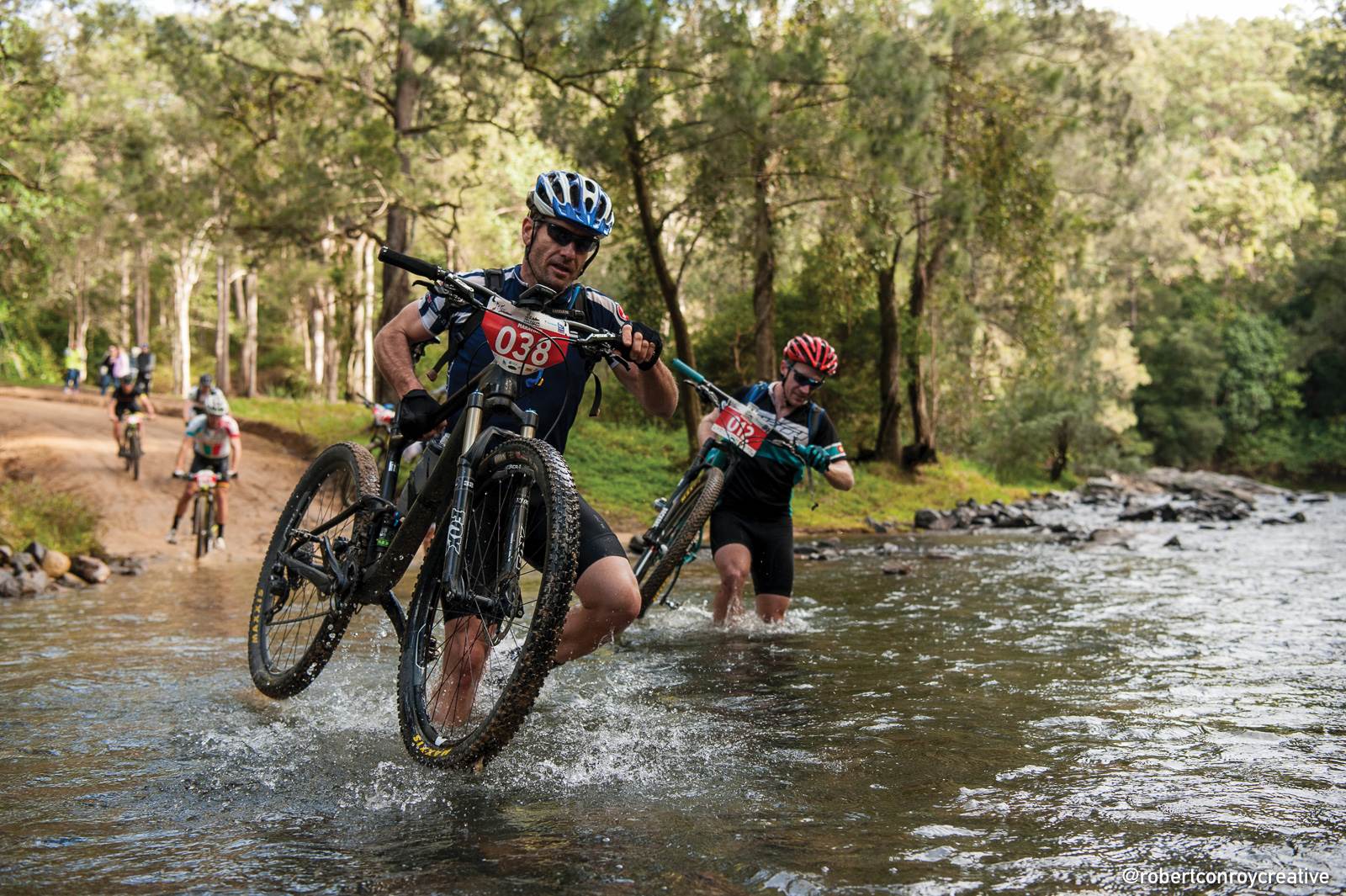
“We are seeing our numbers at club races grow, and it’s not just kids from MCC, but also kids from other schools. Seeing the kids out at the park is a really positive thing. There are more and more school kids coming into the sport, and this was what was missing,” says Lister.
It is clear that the school has had an open mind with education, from the Trade Training Centre, to adopting mountain biking as a school sport, which is helping mountain biking become a greater part of Mackay.
Lister looks at some of the kids working through the berms and over the jumps.
“The future is looking really good at the moment.”
The Pioneer Valley
It’s the weekend and we are heading up to Eungella on the Clarke Range, for the Mackay Mountain Marathon – an 80km race with about 2400m of climbing on the outback trails on the range, with a 10km finish on rainforest singletrack that only opens once a year for the race.
Half way between the coast and the Clarke Range sits the tiny Pinnacle Hotel. The pub has become famous for their pies, but it is also the place to stop and refuel for Mackay’s mountain bikers when they do longer rides. Mia Mia State Forest blankets the hills that sit behind the hotel, and we’re heading up to look at some of the outback trails. We drive into the forest via the 4WD route, and pass some others coming out.
“That’s a typical North Queensland car,” says Lister, pointing to a ute that’s pulled aside so we can pass. It’s 4WD ute, extra cab, lifted, flood lights, bull bar, covered tray with a dog cage on the back and racks above. Given the access roads we have been using, it makes sense. A lot of the country is rough going up here, and taking our Subaru XV with low profile tyres up would have been impossible. It was easy to feel like an out of place Sydney-sider. Even if I have moved to Brisbane.
Away from built mountain bike parks, and in areas of Australia that don’t have the same population density as much of the southeast, mountain bike trails take a slightly different shape. They certainly aren’t about berms, step-downs, flow lines or rhythm section. They’re wild trails that have been created by the passage of animals, four-wheel drives, or stock horses. They reward fast line selection and commitment, and are great at developing your skills in how to read a trail and react fast.
We drive straight to Captain’s Crossing, a camping area along a river. While only a few people are set up down stream today, we’re told you wouldn’t find much room to move at a time like Australia Day.
Out on the bikes, we ride a few trails. From rough double track, to the 4WD roads, to some natural singletrack. This is the sort of place riders from Mackay come for their social rides. 40-50km on a mix of trails, a swim at Captain’s Crossing, and a pie and chips back at Pinnacle Pub.
There’s a loop through here that is used for the Zach Mach adventure race as well, and the mountain bike leg has a huge climb, some singletrack, and a flat out descent down the rutted 4WD access road we came in on. It’s become an event where mountain bikers, road riders and triathletes often meet up. Many of the entries are as teams, so it has proven to be an excellent way for the greater sporting community to mix. There is also a huge after party at the Pinnacle Pub too.
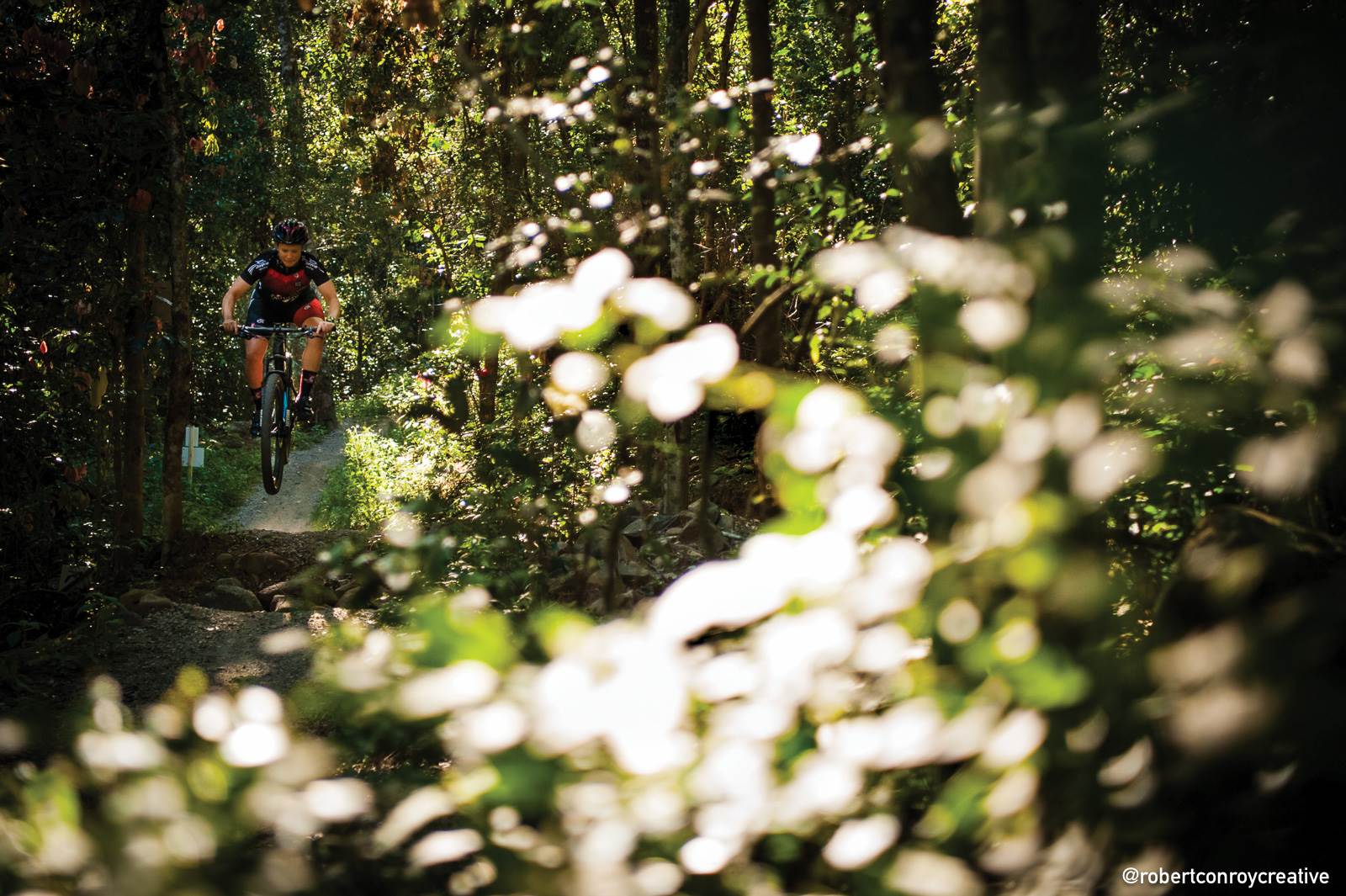
Mackay’s blank canvas
The rest of our time in Mackay is a blur. I head out and race in the Mackay Mountain Marathon, astounded again by the sheer amount of terrain up on the range. The route goes through one of the biggest stands of rainforest south of Cairns, and Lister tells me of routes that extend out of Eungella north for at least 40km before dropping back off the range.
We also hear about plans for a rebirth of Kinchant Dam, with $250 000 aside for about 30-40km of trails in the forests around the dam. There used to be a national level downhill trail here, and that is being reconstructed, so there will be another potential option for national level racing in Northern Queensland.
There are plans for trails near the marina, near the gorgeous Cape Hillsborough, and more bikeways to connect areas of Mackay itself. While the empty shop fronts, and high vacancy rates in rental accommodation are evidence of Mackay’s downturn after the resource boom, from a mountain biker’s perspective it has never looked better. With great trails already down, an excellent mountain bike community, and further growth coming – Mackay is ready to put itself on the mountain bike map in North Queensland.
Ride with a local
One of your best bets to get out and get riding is to drop into one of the local bike shops in Mackay. Most stores run a social ride or two. Corry’s Cycles have a Wednesday night ride, but also a Sunday ride where they even put a sausage sizzle on afterwards. Owners Evan and Ryan are well entrenched in the local mountain bike scene, so drop in and see them to get the details.
Getting to Mackay
You can fly to Mackay from most Australian capitals, although direct flights from some are gone since the down turn in resources. But it is only 4hrs drive from Rockhampton or Townsville, or about 10 hours from Brisbane. So if you’re planning an epic East Coast mountain bike road trip – Mackay is well worth stopping at.
Where to stay
Quest have serviced apartments right in town, and they’re spacious, with a place to wash bikes. The beds are comfortable, the kitchen is good, and having a laundry means you can get your kit cleaned too.
Best coffee
We settled on Woodman’s Axe, just across the road from Quest. It was recommended by most of the club. They have a few different roasts of coffee that they use, and they have a great range of food too. We hear the cold drip coffee in summer is very popular.
A meal with a view
This is a hard one. The Eimeo pub is right above the beach, and looks across to the Whitsundays. They do a good burger, and excellent pizzas. If you’re up on the range, you have to head to Eungella Chalet. Their terrace looks over the old paragliding launch ramp and the whole Pioneer Valley. Your view is uninterrupted all the way to the coast.

